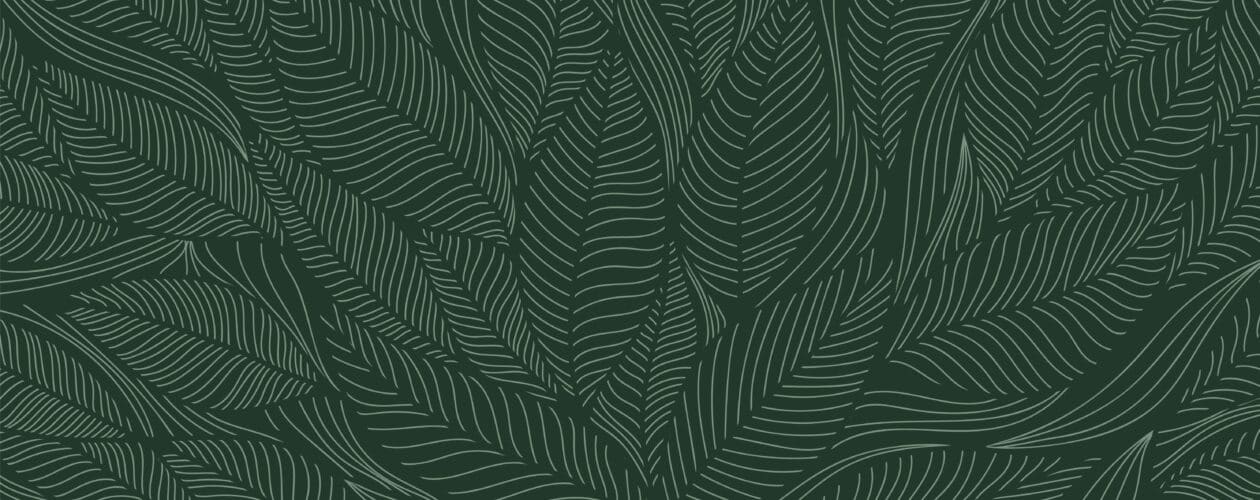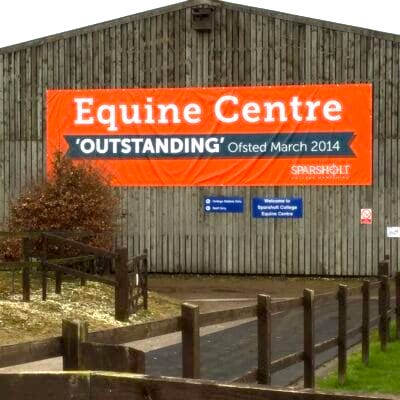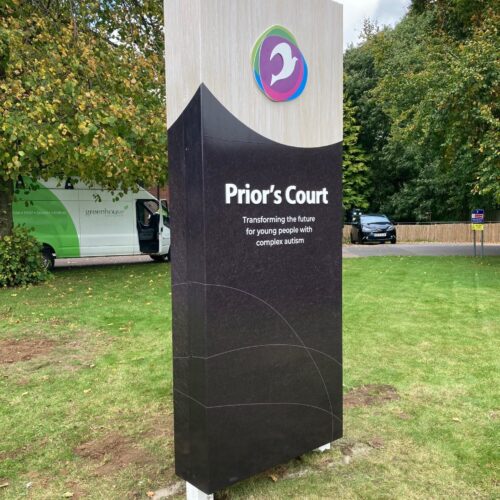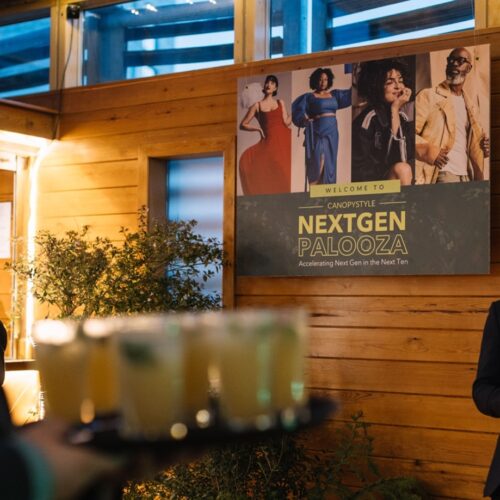A Handy Guide to Print Ready Artwork

Sending Print-ready Files
We accept all files electronically. Please send your files to your dedicated Account Manager or to our studio email address: info@greenhousegraphics.co.uk
For very large files please contact us first to organise the best way to send your artwork.
File Formats
PDF’s are the best format for you to provide your artwork, please check your images are at least 300 dpi and all colours and fonts are correct, a print ready pdf will include trim and bleed marks which is most suitable for print.
And if you set up the page size of your document at the exact size that you wish your job to print and supply the artwork as single page pdfs unless specified.
We accept artwork created in any of the following software packages:
- Adobe InDesign
- Adobe Illustrator
- Adobe Photoshop
- Canva (or similar platforms)
- Please be aware that files from the Microsoft Office suite of programs (Word, PowerPoint, Excel and Publisher) are not designed for commercial printing and will need to be reviewed before sending over.
InDesign is the best suited professional design programme for print and allows for the packaging of artwork, which collects the artwork with all images and fonts in a convenient folder.
All placed images and used fonts must be included along with the artwork file. It is good working practice to include a low resolution PDF along with the original artwork files, and print ready pdf, which can be used as to check against.
If supplying original artwork all placed images (TIFF, EPS, JPEG) must be included within a clearly marked folder eg. Images or Links within the main artwork folder.
Fonts & Colours
When supplying a PDF file, all the fonts should be embedded and only correctly licensed fonts and images should be used.
If supplying original artwork all the font files must be included within a clearly marked folder within the main artwork folder.
If your design includes colour or images which are printed up to the edge of the page, please provide 3mm of additional artwork to all sides. This is called bleed. Bleed avoids the risk of white edges on your printed artwork.
Bleed & Trim
If your design includes colour or images which are printed up to the edge of the page, please provide 3mm of additional artwork to all sides. This is called bleed. Bleed avoids the risk of white edges on your printed artwork.
Trim or Crop Marks show us the edge of your work so we know exactly where to trim it and should be added.
Colours
Process Colours are referred to as CMYK, Cyan (C), Magenta (M), Yellow (Y) and Black (K), four colour process or even just process. These different colours are used to reproduce a colour image. Combined together in varying proportions CMYK produces the full colour spectrum.
Pantone colours are often specified for printing as a ‘spot colour’, a specific colour printed using an ink made exclusively and typically for jobs which require no full colour imagery like colour matching for corporate branding to ensure consistent colour reproduction.
- Pantone spot colours that are intended to be four colour process and litho print should be converted to CMYK using the Pantone+ Color Bridge® library. This is not necessary for digital printing as our digital presses create a colour simulation for spot colours.
- Convert all RGB colours to CMYK as colour separations for printing cannot be made from RGB files. RGB is intended for online use and these colours will more often view brighter due to the screen viewing devices.
- If your job is full colour, please ensure that you work entirely in CMYK. If your program does not support CMYK or Pantone, we will need to convert your colours before printing.
- Please do bear in mind that monitors and desktop printers do not produce accurate representations of the press printed colour.
Scans & Images
All scans and images included in your artwork file should be supplied at least 300dpi in the correct colour mode at the placed size.
Images, icons and logos saved from websites are usually low resolution and sized between 72-96 dpi which is unsuitable for print. If you upscale or add resolutions to images in your image editing software, this doesn’t increase the quality of the image and will usually result in blurry or pixelated images, the image might not be licensed for use either and should be checked.
We recommend using professional high quality, high resolution images; a low quality image can downgrade your design. There are many companies supplying royalty free stock image galleries online with a wide choice and will give you peace of mind your artwork is suitable for print.
Creating a Print-ready PDF
To prepare your files for print, for the best results we prefer to receive artwork as a press ready PDF.
- All PDFs should be set to high resolution to be press ready
- All PDFs must include 3mm bleed and crop marks unless specified
- All fonts must be embedded within Adobe Acrobat: the ‘File > Properties > Fonts’ tab shows a full list of fonts used in the document. Every font should show as embedded or an embedded subset
- Any process colours are converted to CMYK prior to creating a PDF. Converting spot colours to CMYK after creating a PDF may produce unexpected results (especially when transparent effects are involved)
- We recommend using the PDF/X-3 standard
- We recommend checking a PDF using the Output Preview prior to sending us your file. This can show overprinting and will list all the separations included
For more information or any help and advice with artwork for print, our studio team are on hand to help – please get in touch info@greenhousegraphics.co.uk
Sustainability
Our journey started in 1993 with promoting the benefits of recycled and sustainably sourced papers, and over the years we have introduced technologies and innovations that have led to numerous local, regional and national awards.
We continue to pioneer our core values investing in sustainable print technologies and marketing solutions, and are now recognised as a leading centre for sustainable graphic communications in the UK. Our commitment to delivering a more sustainable approach to print and creative services, means that many companies and organisations select us as partners to advise and develop a more sustainable marketing strategy.
If you are looking to improve your sustainability and reduce your print carbon footprint we can help!



